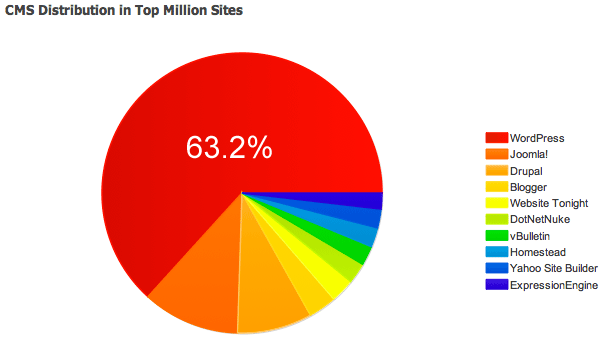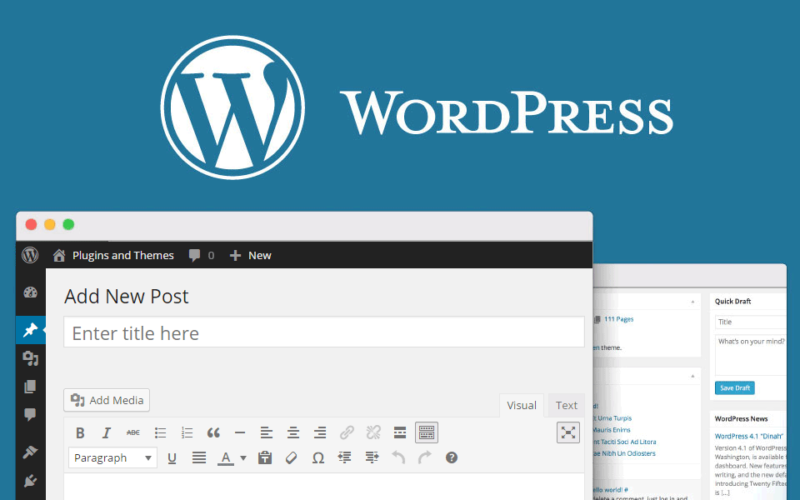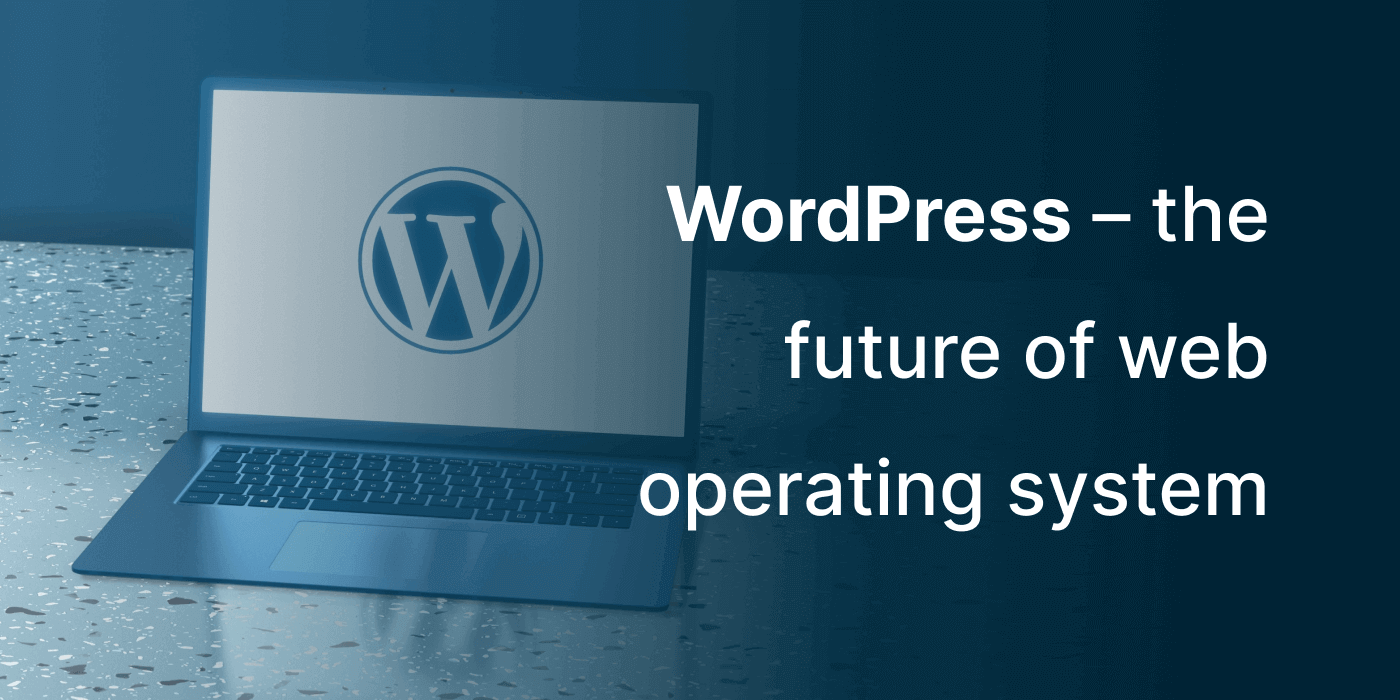What is WordPress?
WordPress powers nearly one-third of the world’s websites, from small personal blogs to the complex sites of major corporations such as Sony, Time Inc., the New York Post, and NBC. WordPress is only one of the site builders and content management systems users can download and install for free, but it has unique features that make it the most popular content management system in use today.

WordPress vs. the Competition
WordPress tops the list of the three most often used site building packages in the world, followed by Joomla and Drupal. All are free to download and use, all come with numerous add-ons for specialized functionality, and all can be customized to suit the needs of individual users.
But, both Joomla and Drupal require a certain level of technical know-how and familiarity with HTML and the programming language PHP. WordPress allows experienced users to work at that level, too—but, unlike Joomla and Drupal, it also includes features for beginners, so that they can set up a site quickly with no knowledge of code or programming.
8 Benefits of using the WordPress Platform
Here’s a look at a few key benefits of using WordPress to set up and run your business or personal site.
1. Flexible and Adaptable for Changing Needs
Although WordPress was originally designed to support blogging and related types of online publishing, it also powers a wide range of sites with other purposes. WordPress is used to run complex sites for large multinational corporations, manage small businesses, and create personal blogs. WordPress sites can contain full-service eCommerce stores, showcase a portfolio, or host a social network, group, or podcast. Whatever a company’s requirements, the core WordPress package plus a variety of basic and premium plugins that is suitable for your site. Thanks to its many themes and easy access to its source files, WordPress is also endlessly adaptable to a company’s changing needs.
2. User-friendly—Even for Beginners
A WordPress site can be installed and up and running in a matter of minutes, even without any technical expertise. All a user needs is a domain name and a web hosting account.WordPress can be installed free through your WordPress hosting provider or uploaded directly from WordPress.org. From there, an intuitive and easy to manage Admin dashboard has all the features needed to customize a site’s heading and layout, and to start creating pages and posts right away.

3. Themes Offer Multiple Options
WordPress themes offer users an array of choices for fine-tuning the appearance and functions of a new site, thanks to its large and growing directory basic and premium of themes. Many of these are instantly available to a new site owner through the WordPress theme directory, and thousands more can be purchased through design marketplaces and third-party designers from around the world. Themes can be previewed live and installed at any time to change the look and layout of a WordPress site.
4. Plugins Extend Functionality
WordPress includes all the elements needed to create a basic site, but many users want more specialized functions related to a site’s specific needs. The WordPress plugin directory includes hundreds of plugins—small pieces of code designed to perform specific tasks—that allow users to add features such as shopping carts, galleries, contact forms, and more to any compatible WordPress site. Users can also purchase and install hundreds of custom plugins from third-party developers. Plugins can be activated or deactivated and uninstalled as needed as a site evolves.
5. WordPress Sites Rank High
Searchabiility is key to ranking high on Google and other search engines. WordPress sites tend to rank high for their keywords, largely because they’re constantly being updated and because WordPress includes a variety of tools and plugins for optimizing content for SEO (search engine optimization).
6. WordPress Sites Are Mobile Responsive
Mobile responsiveness is also a factor in Google rankings, so websites need to look good on any device. WordPress offers a variety of responsive theme designs, and users can also make a static site responsive with plugins and adjustments to theme files.

7. WordPress Sites Have a Built-In Blog
Since WordPress is a content management system software, it has multiple features that make publishing content easy. One of these is a “built in” blog feature that can be accessed from any device, at any time, so that users who want to add a blog to their website don’t have to create one separately. That makes it possible even for sites unrelated to blogging to use the blog feature for adding updates or announcements.

8. The WordPress Community Offers Support
Because WordPress is free and open source, it’s supported by WordPress-loving communities around the world. This community of WordPress lovers is responsible for making changes to the source files and keeping WordPress updated and secure. The WordPress community also engages in plenty of outreach to users, hosting WordPress camps around the world and supporting the growth of local WordPress user groups.
WordPress is used by over 30 percent of CMS-based websites worldwide, and it’s easy to see why. WordPress makes the essential tools for building a website available to any user, not just experienced web developers, and those tools can equally support a small personal site and a large, complicated corporate web portal. With an array of features such as themes and plugins designed to extend its functions, WordPress works for all kinds of sites.
If you are building a WordPress site, you should consider a hosting provider that offers WordPress hosting. This will help save time and allow you to access your WordPress dashboard through your account.

